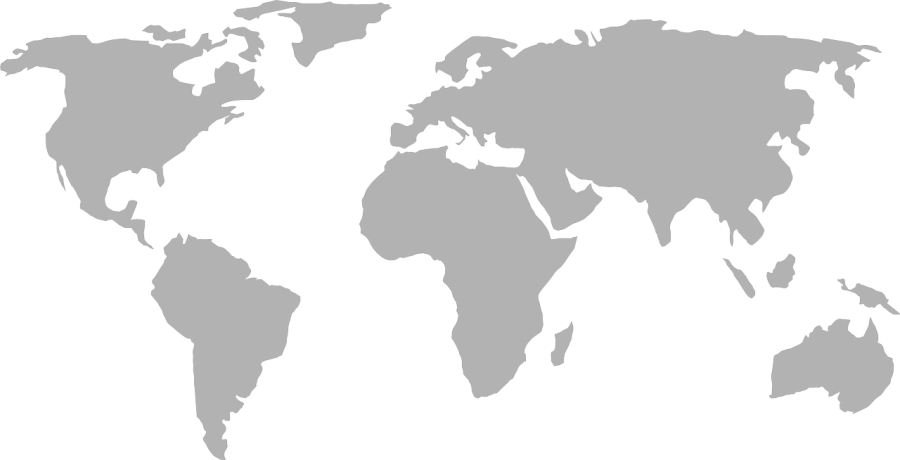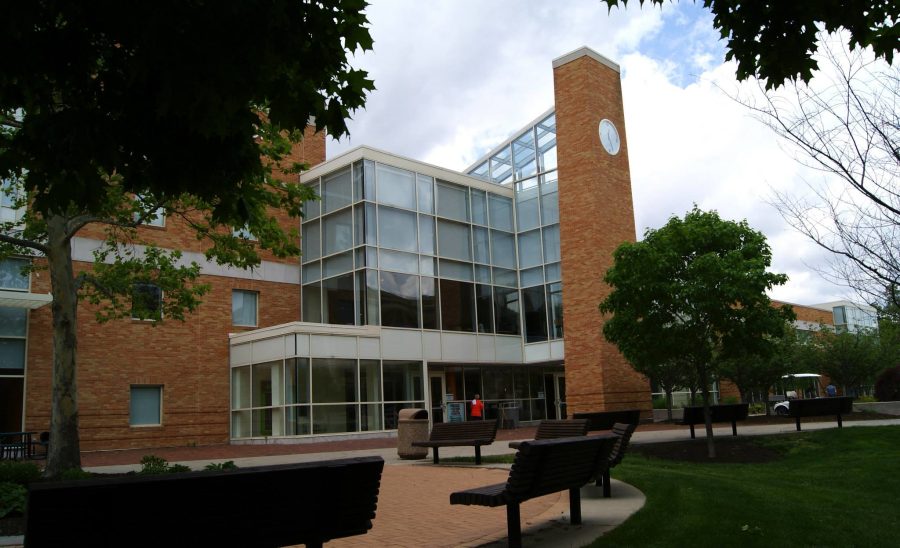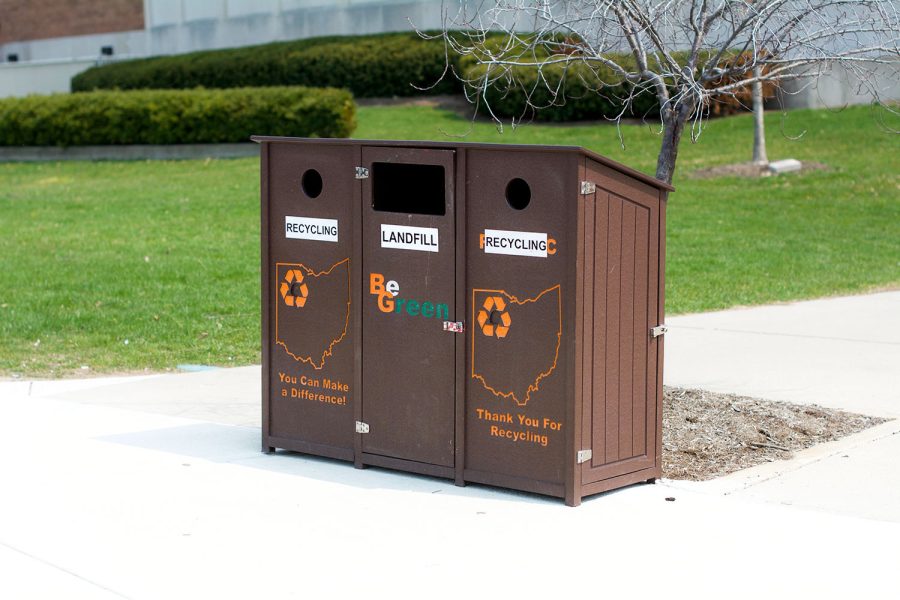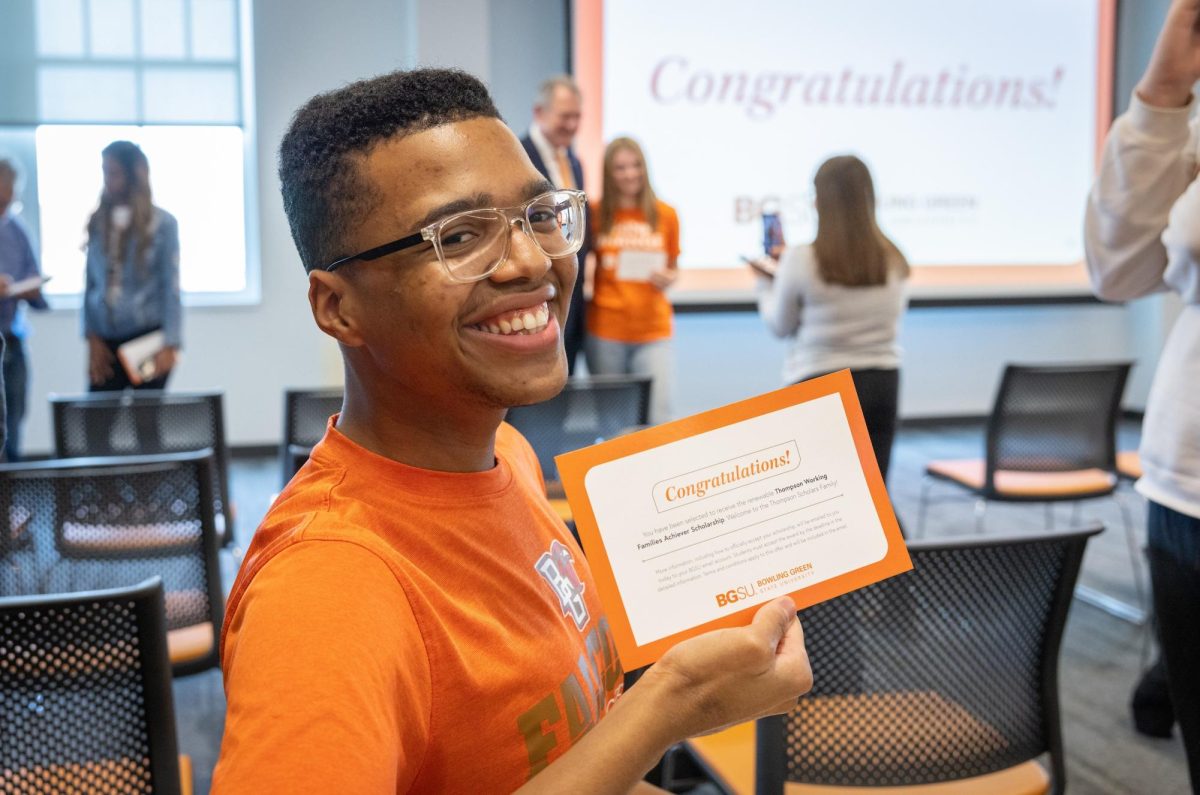The coronavirus pandemic and the policies and complications that followed has set international student enrollment on the decline, according to a November 2020 AP News article. International students from BGSU are faced with similar difficult decisions.
When the pandemic first hit the U.S. in spring 2020, BGSU international students made the decision to return to their home countries and take classes online. According to Marcia Salazar-Valentine, the executive director of BGSU’s International Programs and Partnerships, 48 current international students did not return to campus for the fall semester, but chose to take online classes abroad instead. Nearly 40 more incoming international students made the same choice.
The choices were not easy ones. And in some cases, it wasn’t entirely up to the students.
“The students who would have come in the fall to our campus could not make it due to the closing or restricted opening of American consulates all over the world, which made getting a student visa either impossible or greatly delayed setting up visa interviews,” Salazar-Valentine said. “In addition, this year the United States banned and later allowed individuals from certain countries hit by COVID like China, Brazil and some European countries from entering the country.”
According to a survey by the Institute of International Education, U.S. colleges and universities saw a 16% drop in the total number of international students enrolled for the fall term.
But, the pandemic is not the only factor involved in the decline of international students across the country. Updated student visa policies and rising competition from other countries have aided the past few years’ drop in enrollment numbers.
Salazar-Valentine discussed the delays and denials in the visa application process, as well as the competition from other English-speaking countries that are more accessible to international students. Canada and Australia are among those investing in attracting more foreign students. She also cites factors like cost of tuition and changes in immigration policies that are perceived as unwelcoming.
“The pandemic will add to this trend until international travel is made safe again,” she said. “However, enrollment will be restored at some point, as the United States is still an attractive destination to international students.”
While BGSU did see a drop in new international student enrollment this semester, the overall number of international students was up from last year. The number of new students was cut by over half, down to 124 from last year’s 250. The downtrend is consistent with institutions across the country.
However, BGSU’s number of continuing international students rose by nearly 200. Salazar-Valentine attributes this success to a program in China, where this fall students took classes online. The University enrolled a total of 684 international students in Fall 2020, compared to 623 in the fall of 2019.
In total, at least 85 current and new international students took classes online from abroad. The new learning mode was a change for the students, who typically come to the U.S. to pursue their degrees. Among those returning students who faced a change in learning mode was Katie Ho, a junior supply chain management and business analytics major from Vietnam.
When campus shut down in March of 2020, Ho wanted to stay in the U.S. until the end of the semester. Her family convinced her to come home because of the worsening situation in the U.S. and the increasing likelihood of border closures.
“I bought the ticket three days after the campus was shut down. Luckily, I got back to my home country two days before the country border was closed,” Ho said.
Had she not returned home, Ho would have been stuck in the U.S. for the whole summer, if not longer. Flights from other countries into Vietnam were banned shortly after she arrived.
While border closures and the condition of the U.S. brought her home, there were other factors that kept her there for the fall term.
“First, there were less than 500 cases in my country at that time, so it was safer for me to stay here,” Ho said. “Second, if I decide to return to the BGSU campus, it will cost more money on housing and other stuff as well as inconvenience when I want to go somewhere because I do not have a car.”
The only downside Ho found to online classes is the 12-hour time difference between Vietnam and Ohio.
She does not think she will have trouble returning to BGSU’s campus next year. All she needs is a new signature on her I-20 Form, also known as the Certificate of Eligibility for Nonimmigrant Student Status. This document, as well as a student visa, is required for all foreign students coming to the U.S. to study.
“I still wonder if I should stay here for one more semester or get back to campus,” Ho said.
Nikolija Katanić, a junior Supply Chain Management major and BGSU Women’s Volleyball player from Serbia, had a slightly different experience. Although she went home in March, she returned to campus in the summer, and is remaining in Bowling Green through the winter break and spring semester.
“When COVID-19 shut down the campus in March, I had two options: to stay here for a little longer and see if things are going to get better or go fly out of Detroit and be with my family,” Katanić said.
With the large rise in case numbers, and advice from BGSU volleyball head coach Danijela Tomic to go home and be with loved ones, Katanić’s decision was simple.
The possibility of a volleyball season in the fall made her choice to return to Bowling Green in the summer just as easy.
“COVID didn’t have an impact on my return to campus this semester because the volleyball team was starting with training again and I needed to come back for it,” she said. “I was anxious to be back.”
While the competition slate was pushed to the spring of 2021, the team was still able to prepare through the fall semester. Katanić’s original plan was to head home to Serbia for the winter break and come back to Bowling Green at the end of December.
But with new travel advisories and high case numbers in the small European country, she had to rethink her decision.
Katanić renewed her student visa while home for the summer, and has a valid I-20 Form, which allowed her to avoid most complications while traveling back to the U.S. in July. But she thinks a trip home now would hold too many unknowns.
“The situation in my home country isn’t good right now, and that contributed to my decision of staying in Bowling Green for this break,” Katanić said. “Another big reason was a possibility of me not being able to come back to the States. I couldn’t take that risk considering that the volleyball season is coming up.”
Salazar-Valentine mentioned the extra layer of stress that dealing with a pandemic away from home added for students.
“All in all, this has been a difficult year for prospective and continuing international students,” she said.
Yukiya Takahashi, a junior exercise science major, is another international student who chose to study online from abroad. He returned home to Japan in March and remained there for the fall semester.
“In all honesty, I never thought COVID was going to be this bad, so I was planning to stay,” Takahashi said. “However, dorms shut down and it was a lot more cost effective for me to come back to Japan rather than renting a place or staying in the U.S.”
Eliminating extra expenses, like flight tickets and rent payments, was Takahashi’s main reason for staying home.
“To be honest, I am not really frightened or care about COVID-19, it was just much more logical for me to stay in Japan,” he said.
The safety of the East Asian island nation was another factor— one Takahashi attributes to the culture of his home country.
“When COVID started to spread, every individual in Japan followed government orders and either locked down or wore masks,” he said. “It is still rare to see people walking without masks and in almost every store, we still need to sanitize our hands before entering.”
He thinks their education system taught citizens to strictly follow manners and orders, while in the U.S. kids are raised to express their own thoughts and opinions.
Takahashi’s only struggle with online schooling from abroad has been organization and staying on top of his classes. Although he had to make some adjustments to his schedule, Takahashi is still on track to graduate on time.
“As an exercise science major, we have a lot of in-person labs, and I had to work around different classes to get through this semester,” he said. “Some hybrid classes were also not an option, as we have a 14-hour difference in time zones.”
Born in the U.S., Takahashi’s dual citizenship eliminated many of the travel complications other international students face. Other than having to travel back to Japan and take classes online, he does not feel he has been personally affected by the global pandemic.
“As I said earlier, I’ve never been impacted by COVID-19 directly, but it sure has impacted my decisions overall,” Takahashi said.
















